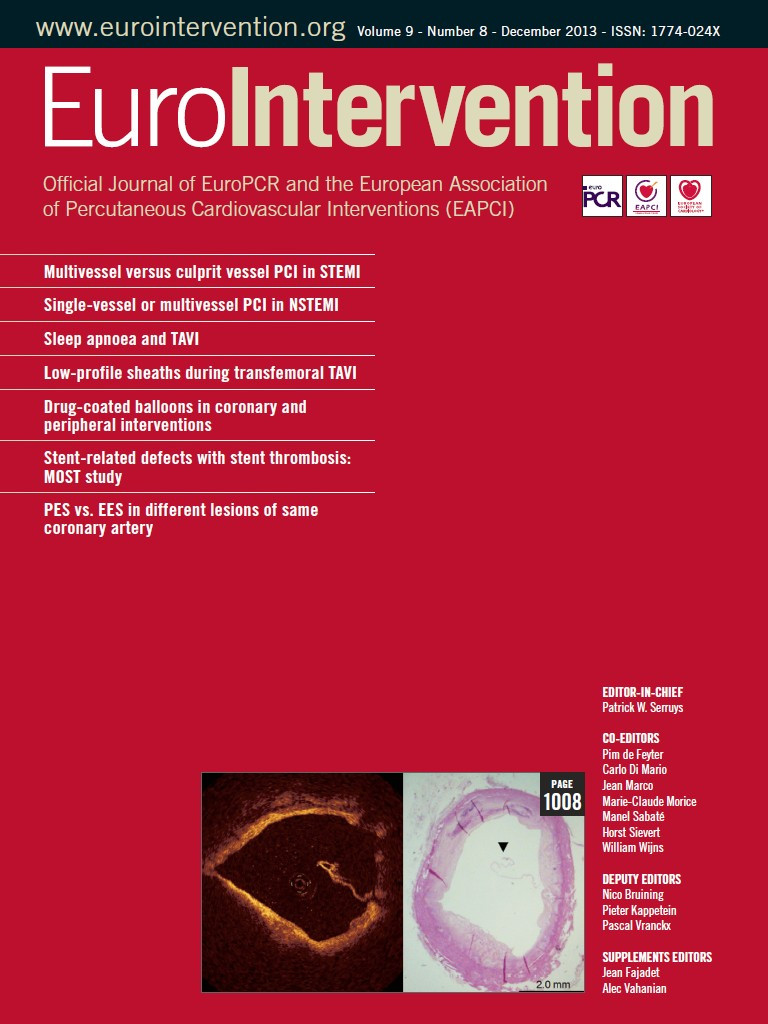The management of acute myocardial infarction in patients presenting with ST-segment elevation (STEMI) remains a very topical subject within interventional cardiology. For instance, there was the recent PRAMI presentation at last September’s ESC annual meeting in Amsterdam1 as well as at this year’s TCT which carried the discussion even further.
But what makes STEMI so interesting?
Today we are seeing an ever increasing volume of studies presented and published and, in terms of cardiovascular disease, life expectancy has increased dramatically with mortality rates halved in the last 60 years. This significant drop in mortality began in earnest with the seminal endeavours of Andreas Grüntzig, the publication of the TIMI study and, in the mid 1990s, the ascension of PCI deemed superior to fibrinolysis, with the publication of no fewer than 23 randomised trials (PCI vs. Lysis).
Yet, despite the advances achieved over these decades, controversy still remains. Should we return to thrombolysis instead of manual thrombectomy? A recent paper even suggested that thrombus aspiration without coronary stenting might become a primary revascularisation procedure2. At the ESC, the TASTE data contradicted the TAPAS data, and now, to confuse things even more, we will have to wait for the result of TOTAL, where patient enrolment has been increased, indicating a positive signal for manual thrombectomy. However, as things now stand, it is unclear which solution is best in this tangled web.
Should we treat more than the culprit lesion during primary PCI?
In EuroIntervention we published a STEMI paper which concluded that acute multivessel PCI in patients with STEMI was associated with increased mortality3. However, in this month’s issue, Jaguszewski et al4 conclude that multivessel PCI does not appear to be associated with higher mortality after stratifying patients based on their risk. Thus, multivessel PCI in STEMI can be a good clinical choice but requires stratification: the Gershlick group is testing this concept5.
When we look at ECMO and Impella (which are more often applied in cardiogenic shock), the impact on mortality has yet to be demonstrated. What is encouraging, however, is that not only surgeons but also interventionalists use these therapies.
Another therapy, namely intra-aortic balloon pump (IABP), is losing ground. Holger Thiel’s group showed that left ventricular assist devices (LVAD) were superior to balloon pumps. However, not much progress has been made in MI size reduction, either with preconditioning or with the application of new medication.
With respect to the PCI approach, the radial approach for STEMI seems to be the preferred option. Concerning stents, the recent EXAMINATION and COMFORTABLE studies showed that DES is superior to BMS for stent thrombosis and TLR.
In conclusion, the current interest in STEMI has led to a vast array of pathways and avenues all of which need to be further explored and elucidated.

